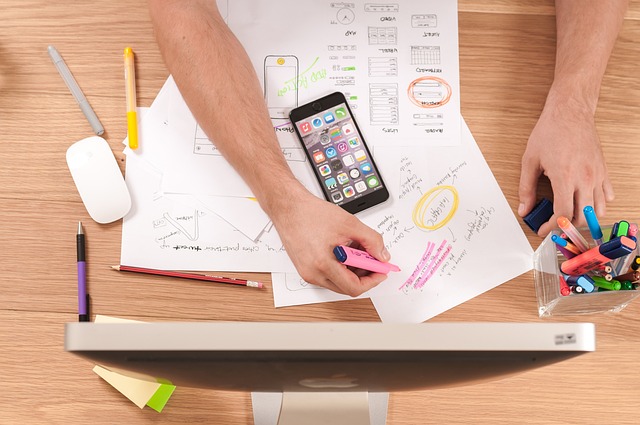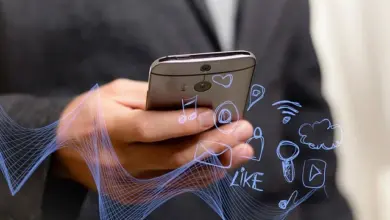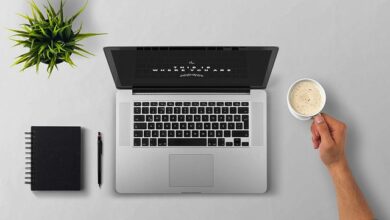
In the age of technology, smartphones have become indispensable tools in our daily lives. Whether you’re using it for work, entertainment, or keeping in touch with loved ones, your smartphone is a powerful device that holds more potential than most users realize. Beneath the surface of the sleek interface lies a treasure trove of hidden features that can enhance your experience, improve your productivity, and make your life easier. In this article, we’ll explore some of the most useful and lesser-known features of modern smartphones, ensuring that you unlock the full potential of your device.
1. Customizable Shortcuts and Gestures
Most smartphones offer options to customize shortcuts and gestures, allowing you to navigate your phone more efficiently. By diving into the “Settings” menu, you can often find gesture controls that let you:
- Double-tap to wake: Quickly wake your phone with a double tap on the screen.
- Swipe to call or message: With a simple swipe, you can call or message a contact directly from your address book.
- Customizable home button gestures: Some phones allow you to assign actions like opening apps or taking screenshots by holding or double-tapping the home button.
These features save time and make daily interactions with your phone faster and more intuitive.
2. Do Not Disturb and Focus Modes
Most users are familiar with the “Do Not Disturb” function, but modern smartphones have taken this concept further with advanced focus modes. For instance, you can set up specific profiles for different times of day or situations, such as:
- Work mode: Block notifications from social media and entertainment apps while allowing work-related emails and messages to come through.
- Sleep mode: Limit all notifications except for essential contacts like family members.
- Driving mode: Automatically mute notifications and respond with an auto-reply while you’re behind the wheel.
This level of customization helps maintain focus and reduce distractions, enabling you to tailor your smartphone usage to suit your schedule.
3. Screen Pinning for Security
Security is a top priority for most users, but many don’t realize that they can control exactly what someone sees when borrowing their phone. The screen pinning feature is a lifesaver for those moments when a friend or child needs to use your phone.
When activated, screen pinning locks the device to one specific app, preventing the user from accessing anything else without your permission. This feature is especially useful for parents, as it ensures that children can only use specific apps, or when lending your phone to someone temporarily.
To activate screen pinning on most Android devices:
- Go to Settings.
- Select “Security” or “Privacy.”
- Enable “Screen Pinning.”
4. One-Handed Mode
Large-screen smartphones are wonderful for viewing media and gaming, but they can be cumbersome to use with just one hand. That’s where one-handed mode comes in. Both Android and iOS devices offer this feature, which shifts the entire interface to a smaller portion of the screen, making it easier to reach all the controls with just your thumb.
On Android, this feature is often hidden under “Advanced features” or “Gestures.” For iPhone users, enabling “Reachability” from the accessibility settings provides a similar experience. By swiping down on the bottom of the screen, you can bring the top portion of the interface within easy reach.
5. Built-In Document Scanner
Your smartphone is not just for taking photos and videos—it can also function as a document scanner. Most modern smartphones have a built-in scanning feature hidden within their camera apps or note-taking applications.
For iPhone users:
- Open the “Notes” app.
- Tap the camera icon and choose “Scan Documents.”
- Align the document in the viewfinder, and the phone will automatically capture and process the scan.
Android users can access similar functionality through Google Drive:
- Open Google Drive and tap the “+” icon.
- Select “Scan.”
- Use your camera to capture the document, and Google Drive will automatically convert it into a PDF.
This feature is ideal for digitizing important papers, receipts, or even signing contracts on the go.
6. Magnifier Tool
Many smartphones offer a hidden magnifier tool that transforms the camera into a magnifying glass. This can be particularly useful when reading small text, examining fine details, or even assisting with close-up photography.
On iPhones, you can activate the magnifier by:
- Going to “Settings.”
- Selecting “Accessibility.”
- Enabling the “Magnifier” feature.
For Android users, similar functionality can be found under the accessibility settings, where you can enable the magnification shortcut.
7. Wi-Fi Sharing via QR Code
Ever found yourself in a situation where someone asks for your Wi-Fi password, and you either don’t remember it or it’s too long to type out? Some smartphones offer the ability to share your Wi-Fi connection via QR codes.
On most Android devices:
- Go to Wi-Fi settings.
- Tap on the connected network.
- Select “Share” to generate a QR code.
Anyone scanning the QR code with their device can instantly connect to your network without needing to type in the password. iPhone users can share Wi-Fi with nearby Apple devices using AirDrop, eliminating the need for QR codes.
8. Hidden Back Tap Gesture (iOS)
One of the more surprising hidden features in iPhones is the back tap gesture. This feature allows you to perform actions by simply tapping the back of your phone. You can assign various functions, such as taking screenshots, opening apps, or activating Siri, to a double or triple tap on the back of your device.
To activate the back tap feature:
- Go to “Settings.”
- Select “Accessibility.”
- Tap “Touch” and then scroll down to “Back Tap.”
- Choose your desired actions for double and triple taps.
This feature, while easy to miss, can be incredibly helpful in speeding up interactions with your phone.
9. Customizable App Drawer and Hidden Apps
Android devices offer a customizable app drawer, allowing you to organize your apps and hide the ones you don’t use frequently. You can create folders, move apps to specific pages, or even hide them entirely from the home screen to reduce clutter.
For privacy-conscious users, some phones also allow you to hide apps entirely, making them invisible to anyone who might be browsing through your phone. This can be useful for apps that contain sensitive information, like banking or personal messaging apps.
10. Digital Wellbeing Tools
Smartphones can be addictive, and sometimes we need a gentle reminder to disconnect. Most devices now come with digital wellbeing tools designed to help you monitor and reduce screen time. You can set daily limits for apps, receive alerts when you’ve been using your phone for extended periods, and even enable modes like “Wind Down,” which gradually turns your screen to grayscale in the evening to help you wind down before bed.
For Android:
- Go to “Settings.”
- Select “Digital Wellbeing & Parental Controls.”
- Here, you can set up app timers, schedule focus modes, and track your screen time.
iPhone users can find similar tools under “Screen Time” in the settings menu. These tools encourage a healthier balance between phone usage and real-life interactions.
11. Emergency SOS and Medical ID
One of the most important hidden features of your smartphone is its ability to assist in an emergency. Both iOS and Android devices come equipped with Emergency SOS functions, which can alert authorities and loved ones in critical situations.
On an iPhone, rapidly pressing the power button five times will trigger Emergency SOS, which contacts local emergency services and shares your location. You can also set up a Medical ID in the Health app, displaying important information like allergies, blood type, and emergency contacts on your lock screen for first responders to see.
Android users can access similar functionality through the “Safety & Emergency” settings, where you can configure emergency contacts and medical information.




